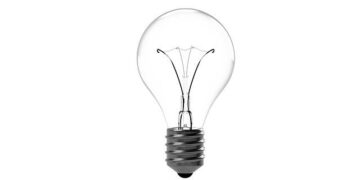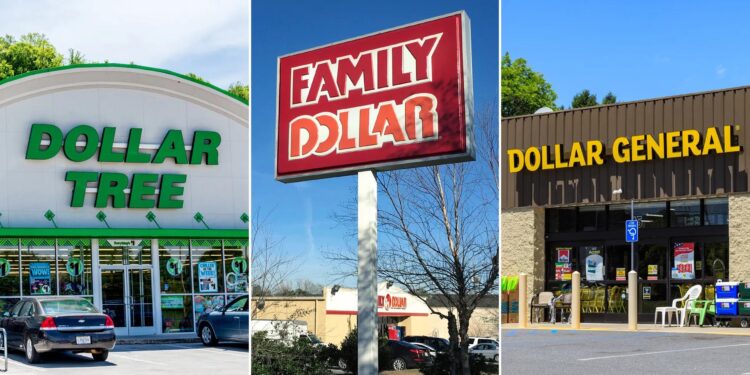Dollar Store Phenomenon Indicates Economic Challenges as Affluent Consumers Seek Affordable Options
In a surprising development, dollar stores throughout the United States are experiencing an influx of customers from wealthier demographics, a trend that may hint at underlying economic issues. As inflation continues to exert pressure on household finances, even those who typically shop at higher-end retailers are turning to the cost-effective offerings of dollar stores. This shift prompts critical inquiries into the overall economic landscape and the financial stability of American families. Experts warn that this crossover among income groups could not only reflect evolving shopping preferences but also serve as a concerning sign of financial strain. In this article, we explore what this trend means for both retailers and the economy at large.
Changing Shopping Habits Among Affluent Consumers Reveal Economic Worries
The growing popularity of dollar stores among higher-income shoppers indicates a significant transformation in consumer behavior, suggesting that financial concerns may be more prevalent than previously recognized. This trend highlights a shift where consumers increasingly prioritize value over luxury items, often opting for budget-friendly alternatives for everyday purchases. The implications are particularly striking as they suggest that even those who have historically been insulated from economic downturns are beginning to feel financial pressures. Retailers must respond by diversifying their product lines to meet the demands for quality and variety at lower price points.
Recent analyses identify several key factors driving this change:
- Inflationary Pressures: Rising living costs impact all households, including affluent ones.
- Market Volatility: Uncertainty in the economy encourages consumers to adopt more cautious spending habits.
- A Desire for Value: A cultural shift towards seeking cost-effective solutions is becoming increasingly evident.
The following data illustrates these trends effectively:
| Time Period | Dollar Store Revenue Growth (%) | % Increase in Higher-Income Shoppers | |||||
|---|---|---|---|---|---|---|---|
| Q1 2022 | 15% | 28% | |||||
| Q2 2023 | >20% >< td >35%< / td > > > > This data underscores an ongoing trend indicating that economic anxieties are reshaping consumer spending patterns with potential long-term effects on retail dynamics across America. Economic Consequences as Dollar Stores Attract New Customer BaseThe recent uptick in affluent shoppers visiting dollar stores—traditionally frequented by lower-income individuals—raises alarms among economists who view it as a possible sign of deeper economic challenges ahead. The increasing reliance on discount retailers by wealthier households suggests that rising inflation and stagnant wages may be affecting even those with substantial incomes. Contributing factors include:
This phenomenon could significantly alter both retail strategies and broader economic conditions if it persists; traditional retailers might find themselves challenged by changing consumer preferences favoring affordability over brand loyalty. Dollar stores typically operate with lower overhead costs which allows them to offer competitive pricing; however, if affluent customers continue flocking there out of necessity rather than choice, it could indicate waning confidence in overall market stability.
|






























